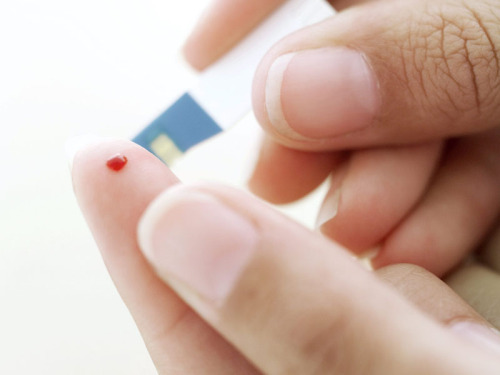There have been advancements in technology to ease the lives of those suffering from diabetes. New reports have suggested that the scientists are now one step closer to making artificial pancreas which will perform the same way that a normal pancreas does.
The function of the pancreas is very complex. A well-functioning pancreas will release insulin in order to keep a check on the blood sugar levels of a person after every meal; and glucagon when no food has been consumed for a long time. Pancreases release exactly the right amount of insulin and glucagon for our bodies to perform properly. In diabetic patients either the pancreases stops functioning properly or the insulin released by the pancreases doesn’t cause any impact on the cell, and in turn on the glucose levels of the patients.

After the development of many types of equipment to keep a check on diabetes, for example, a mobile app which lets parents keep a check on their children’s blood sugar level even when they are at school, there has been no perfect solution for this disease.
Even though Insulin pumps, and continuous glucose monitors have been around for ages and have been of help in monitoring blood sugar levels, they need constant attention of the user. A glucose monitor met with an improvement in its system which enabled the monitor to stop releasing insulin when the blood sugar reached a low level. But, as the VP of the research done at JDRF (Juvenile Diabetes Research Foundation), Aaron Kowalski said, these are mere steps to gain back what has been lost due to the disease; and termed them as ‘artificial pancreas system’.
Even though there has been no perfect solution for disease, there are many trials still under research. Medtronic have been working on a system which would release insulin when glucose levels rise to a certain limit. One of the many ideas, which are still being experimented upon in labs, include a ‘hybrid’ which needs the user to signal before their meals in order for the system to release insulin. Other ideas or trials include a system, called ‘closed-loop’ which works without any signal from the users; and a system which releases glucagon along with insulin and is capable of functioning on its own. It is referred to as a ‘bionic pancreas’.
The concept of introduction of bionic pancreas is debatable. Doctors around the world feel that a bionic pancreas can function sufficiently with insulin; and may not necessarily require glucagon which is more unstable than insulin.
This field has achieved a significant amount of progress but there are difficulties to overcome. For instance, the insulin will not be released in the blood vessels like a natural pancreas does. Remodeling of insulin is required so that it can help in reducing high sugar levels, faster, after every meal.
In conclusion, even though there may be extreme advancements in the field of developing the bionic pancreas to work to perfection, we must acknowledge the fact that they are machines which are prone to wear-and-tear and failure; and hence, should not be looked upon as the ultimate cure for diabetes.










